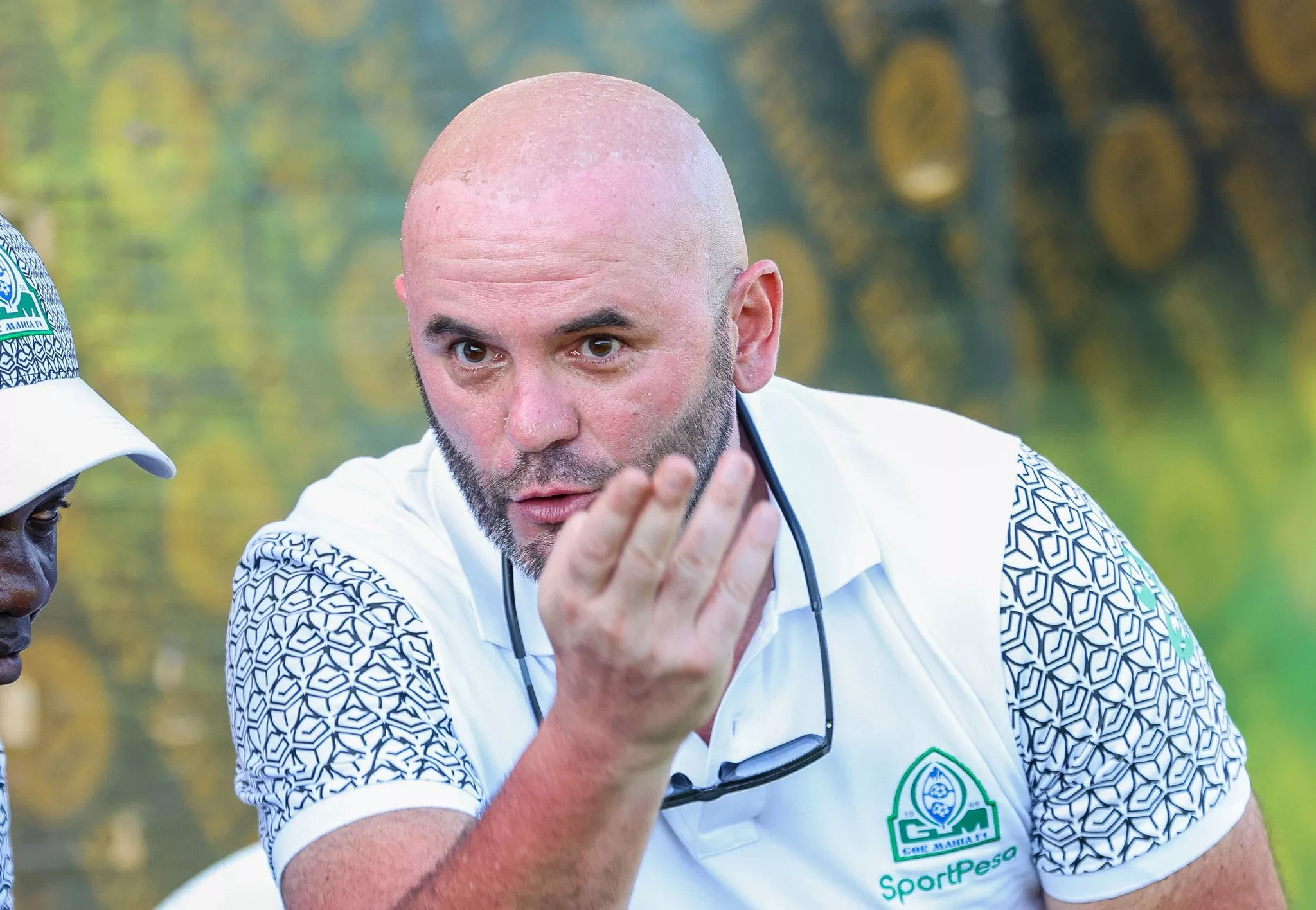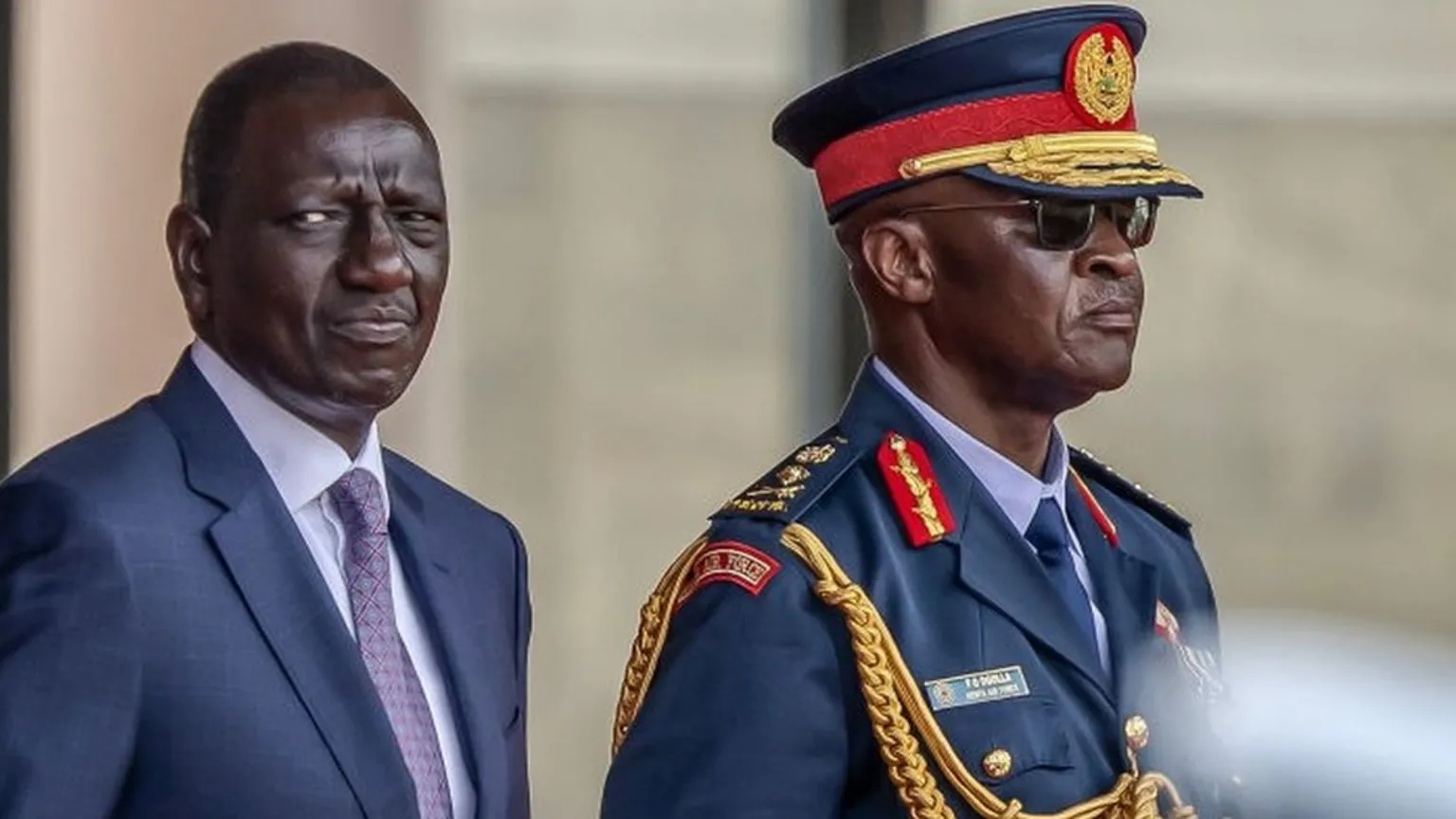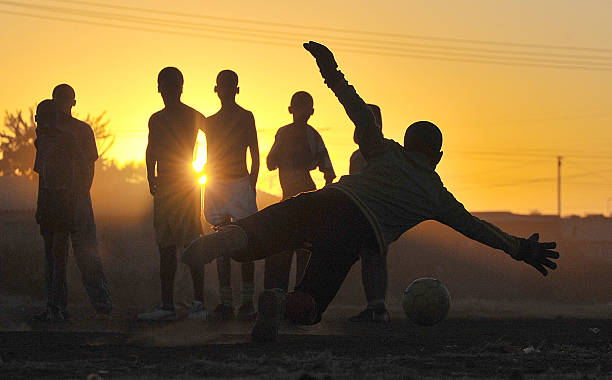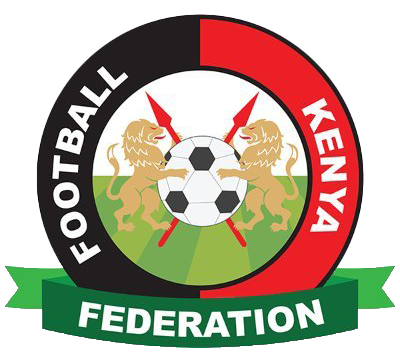Over the years, Kenyan football has been in a constant struggle to reinvent itself and become a force on the continental and global stage. General fan apathy, endless bans from governing bodies, mismanagement, and financial troubles have ensured that this still remains a step too far. However, one issue has remained a constant itch to the game – hooliganism. An insidious problem that has chipped away at the foundations of Kenyan football, hooliganism has robbed the game of fans and investment through the constant negative coverage that comes with it.
A football hooligan put simply is a spectator at football events who engages in violent and all-round disorderly behavior. Most hooliganism cases in Kenyan football are more prevalent during club matches rather than the international stage. In the last five years, there have been numerous cases of hooliganism that have seen most matches abandoned or delayed at the very least. This period also coincided with Kenyan football losing numerous sponsorships. The most recent incident saw a league match between Gor Mahia and Vihiga Bullets abandoned with only one half of football played – after ugly and violent scenes in the stands as fans and stewards clashed.
According to Gor Mahia chairman, Ambrose Rachier, hooliganism incidents are often triggered by fans being frustrated by refereeing decisions. “Hooliganism was quite rampant when I was first elected chairman,” Rachier explained in a recent interview with Citizen Digital. “Most fans often react without necessarily understanding how refereeing decisions are made.” Rachier also attributes the vice to fans being under the influence of alcohol and drugs. “Acts of drunkenness where fans become irresponsible have also contributed,” he added.
Former Harambee Stars player and FKF caretaker Committee member, Bob Ogolla, points the finger at poor officiating, rogue fans, and mismanagement. “In the past, fans would break into stadiums to avoid paying for tickets. However, the problem has persisted mainly due to poor officiating. Generally, most fans are peaceful people. It is things like poor officiating that trigger them to misbehave,” he added.
As hooliganism continues to rear its ugly head, Kenya Premier League teams continue to be the most affected by this scourge. Fans staying away from stadiums due to security concerns are a natural consequence. “Hooliganism has stopped a section of fans from coming into stadiums because of fear. It has had a serious effect in terms of scaring potential fans attending matches. That is a natural effect,” Rachier laments.
AFC Leopard’s CEO, Victor Bwibo, concurs: “The negativity that comes with hooliganism means that you lose fans, and it means sponsors and benefactors shy away too.”
Two of the biggest clubs in the country, Gor Mahia and AFC Leopards, boast of having arguably the most passionate fans in the Kenyan Premier League. The two clubs have often – sometimes unfairly, had to bear the brunt of hooliganism cases with their fans constantly stereotyped as rowdy and disorderly. Given that most cases often involve fans of the two clubs, there might be some elements of truth to the stereotype. However, hooliganism is not just a two club issue. To look at it that way would be absolving everyone else of responsibility and scapegoating two clubs that have also fallen victim to this problem.
Rachier agrees that Gor Mahia and AFC Leopards cases are only more visible because they have more fans compared to institutional clubs like Ulinzi and K.C.B. Leopards CEO, Bwibo admits that hooliganism might be a problem with his club, but is hesitant to label every fan as a hooligan. “It is not the general fan base but rather a few bad apples [involved with hooliganism].” While this assertion that the comparative acts of a few eventually taint everyone else might be right, it still does not explain how this passion for the game eventually turns into overzealous criminal behavior.
It is easy to dismiss hooliganism as isolated cases of lunacy and over the top fanaticism, but the truth is football hooliganism is a societal and cultural issue. The disorganization and the chaos witnessed in the upper echelons of Kenyan football management, and the rowdiness and criminality in the stands are in a perfect symbiosis; feeding off each other to create unending hurdles in the development of football in the country.
The stuttering growth of Kenyan football may be attributed to many things, but to successfully climb up the rungs and become a football powerhouse, issues like hooliganism that may be considered inconsequential need to be addressed first. Investing more in matchday security goes without saying. “Most league matches have a maximum of two police officers. The number of policemen brought to handle security during matches is very few,” Bob Ogolla points out.
Football management, in conjunction with security agencies, needs to put in place stringent and punitive measures that not only dissuade potential hooligans but also make an example of those
found guilty of hooliganism. Kenyan football could also borrow a leaf from other leagues by compiling a register of known hooligans and banning them from attending matches. “We are still far away from being able to have things like registers in Kenya,” Bob Ogolla explains. He, however, insists that perpetrators should face very severe punishment.
It can be argued that hooliganism is given life by misplaced passion which means with sufficient reforms, this zeal for the game can be positively channeled into helping bring crowds into the stadiums.
Ultimately, the responsibility of fixing this problem falls squarely on the shoulders of all stakeholders involved with football in the country. The violence and destruction of property often witnessed serve only to tarnish the image of an industry still struggling to find its feet. If Kenyan football is to become a force to reckon with, as every Kenyan dreams it to be, then issues like hooliganism need to become a thing of the past.
A last-gasp pitch invasion from a set of fans when Nairobi United where leading 1-0 against Zoo FC in an FKF Division One Promotion Playoff match played at RVIST Grounds in Nakuru on Sunday has left the clash in limbo. This now means that the referee will write a detailed match report to the FKF Leagues and Competitions Committee who will now determine the outcome of the match. Zoo FC were seeking to make a return to the NSL following their relegation in the 2020/21 season while Nairobi were looking to make their first ever appearance in the second-tier league. Assistant referee Kelvin Maina also became a victim of the unruly mob, facing an attack by one of the fans. Fortunately, the referee intervened promptly, preventing further harm.
Shockingly, this incident unfolded before the eyes of the world as the match was being broadcasted live on Football Kenya Federation’s social media platforms. In the aftermath of the disturbing events, the Football Kenya Federation took swift action to ensure the safety of everyone involved. They made the tough decision to abandon the match and released a statement condemning hooliganism.
The FKF Leagues and Competitions committee promised to investigate the incident thoroughly, relying on reports from the match officials.
Hooliganism, a scourge that has tarnished the reputation of football across the globe, once again raised its ugly head. The match, which was meant to be a celebration of talent and sportsmanship, turned into a spectacle of shame. The atmosphere inside the stadium had been charged with tension from the start.
Supporters of both teams displayed unruly behavior, and at times, the police had to intervene to separate them. However, their presence alone wasn’t enough to avert the impending disaster.
It is essential to remember that hooliganism in football is not an isolated incident; it is a manifestation of deeper societal issues.
The emotions that run high during sporting events can sometimes cloud judgment and trigger irrational behavior. However, this is never an excuse for violence and aggression. Football is meant to unite people from all walks of life, transcending boundaries, and fostering a sense of camaraderie among supporters.
For years, the football community across the country, mainly in lower division leagues, has battled with hooliganism, and various measures have been put in place to curb this menace. Stadium bans, fines, and public awareness campaigns have been employed, but the problem persists.
To combat hooliganism effectively, a comprehensive approach is needed that involves stakeholders from all sectors of society. First and foremost, clubs must take responsibility for the actions of their supporters. The management should work closely with the fans to promote a culture of respect and discipline.
Additionally, clubs can organize educational programs and engage with supporters’ groups to instill the values of fair play and sportsmanship.
Law enforcement agencies must also play a significant role in ensuring the safety of all attendees. Proper crowd management, intelligence gathering, and effective deployment of security personnel can prevent situations from spiraling out of control. Moreover, the perpetrators of violence must face strict legal consequences to deter others from engaging in such acts.
The media also has a responsibility to shape public opinion positively. While broadcasting matches live on social media brings the action closer to fans, it also magnifies the negative aspects. Media outlets should focus on promoting the beautiful aspects of the game and highlight acts of goodwill and sportsmanship. By addressing the root causes of hooliganism, they can foster a culture of tolerance and respect among supporters.
Passion for football is commendable, but it should never translate into violence or intimidation. Supporters should hold themselves accountable for their actions and be ambassadors of fair play. The joy of cheering for one’s team is amplified when it is done in a respectful and inclusive manner.
The ugly face of hooliganism displayed during the Nairobi United vs. Zoo FC match should serve as a wake-up call for Kenyan football and the entire sporting community.
To truly shame hooliganism, all stakeholders must come together, united in their commitment to preserving the essence of the beautiful game – sportsmanship, camaraderie, and fair play.
On that fateful day, October 23, 2010, the heart of Kenyan football skipped a beat as the Nyayo National Stadium in Nairobi turned into a scene of unimaginable horror. Seven football supporters lost their lives, and dozens more were left injured in a stampede during a match between two of Kenya’s top teams, AFC Leopards and Gor Mahia.
What was meant to be a celebration of sporting prowess turned into a tragic event that scarred the nation’s footballing soul. An ambulance operator reported that the stampede occurred when fans tried to force entry into the stadium, desperate to watch the game without paying. The images captured by television cameras showcased medics desperately trying to revive injured supporters while ambulances ferried away those in need of urgent medical attention. The match was temporarily halted, but the Kenyan Premier League decided to continue the game, perhaps fearing that stopping it could lead to further chaos in a stadium packed with tens of thousands of impassioned fans.
In the aftermath of the catastrophe, Raila Odinga, the then Kenyan Prime Minister, visited the victims at the Kenyatta National Hospital. The nation was left in mourning, grappling with the shock and grief of such a tragic event. The Kenyan Red Cross confirmed that six people died at the stadium, and another passed away later in the hospital, bringing the death toll to seven. Meanwhile, at least 30 individuals were injured, with 14 in critical condition.
A dark cloud of sorrow hung over Kenyan football that day, and the questions loomed large. Why did the fans resort to breaking into the stadium? How could this have been prevented? A gate was forcibly broken open as fans sought access to the stadium, and that moment of desperation led to the loss of innocent lives.
This was not the first time the Nyayo National Stadium witnessed such a horrifying incident. Back in 2005, a stampede had already resulted in the death of one fan, leading FIFA to temporarily ban the stadium’s use in World Cup qualifiers. The tragic events of 2010 exposed deep-rooted issues with crowd management, stadium security, and fan behavior that had not been adequately addressed since the previous incident.
The stampede of October 23, 2010, serves as a grim reminder of the consequences of neglecting safety measures and underestimating the potential for violence in football. It is a testament to the symbiotic relationship between the disorganization witnessed in football management and the chaos that unfolds in the stands. The tragedy brought into sharp focus the urgent need for comprehensive reforms in Kenyan football.
Football is a game that unites people from all walks of life, transcending borders and boundaries. It should be a source of joy, excitement, and camaraderie, not a stage for violence and destruction. The responsibility to prevent such tragedies falls on the shoulders of all stakeholders – football clubs, governing bodies, law enforcement agencies, media, and fans.
Seven precious lives were lost that day, leaving behind families, friends, and a nation in mourning. We owe it to them to ensure that such a dark chapter is never repeated in the annals of Kenyan football history.
In conclusion, the three events described above are just a glimpse into the recurring miseries that plague Kenyan football. Hooliganism, corruption, and the stampede tragedy are symptoms of deeper issues that have held back the growth and development of the sport in the country. It is high time for all stakeholders to come together, prioritize the game’s integrity and safety, and take the necessary actions to ensure a brighter future for Kenyan football. Only through collective effort and unwavering dedication can the beautiful game truly flourish and bring joy to fans across the nation.

















